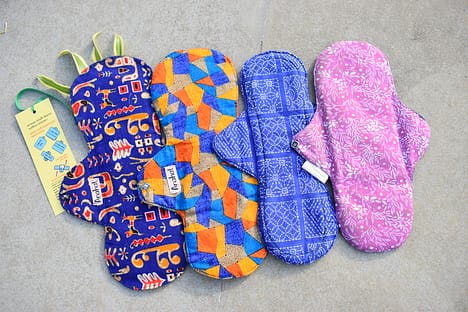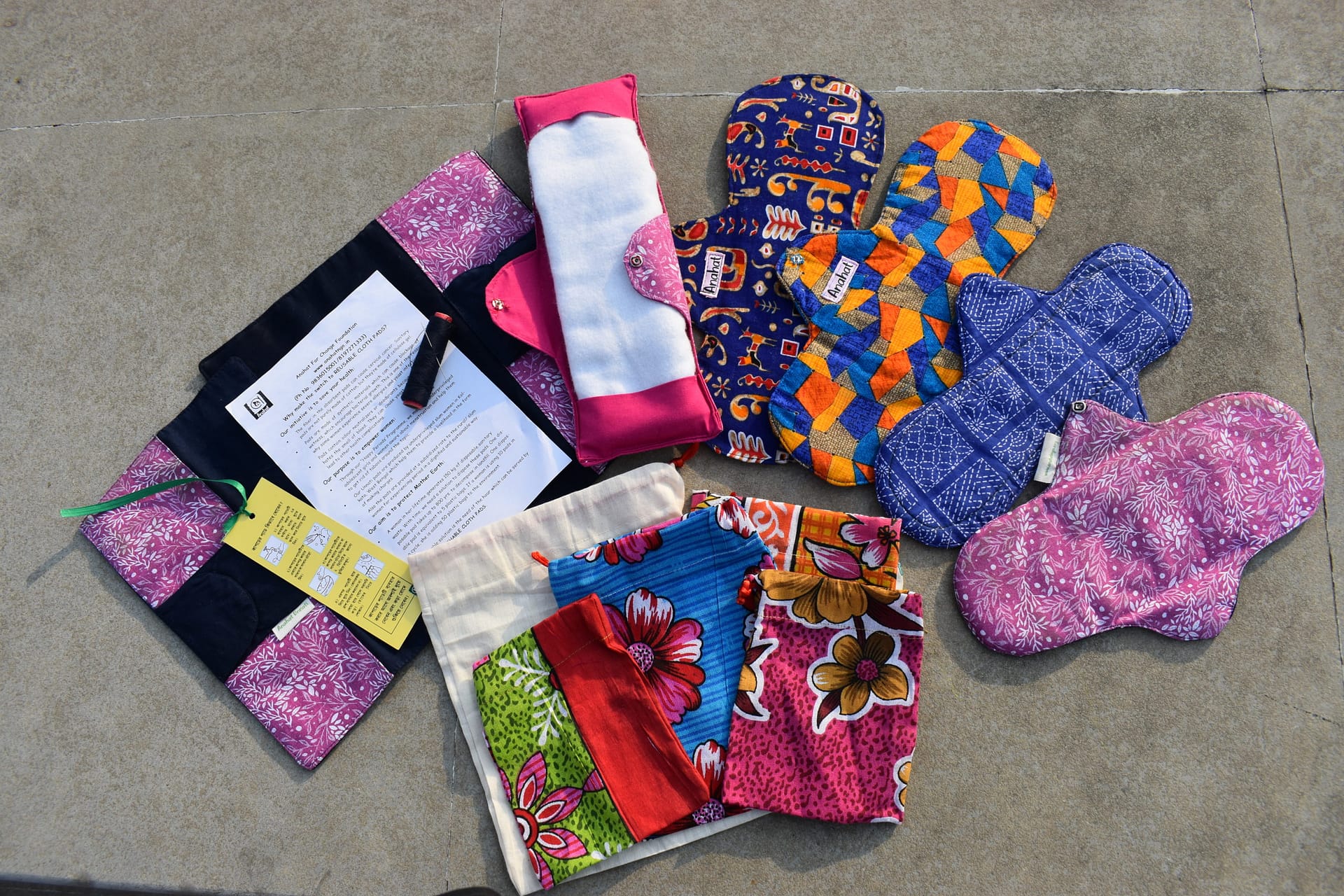By Shreya Bakshi, Stay At Home Mom (SAHM) and mom blogger @raising_shaan
Introduction
Sustainable menstruation alternatives is the need of the hour. Menstruation is a widespread phenomenon in every woman’s life, but more attention has to be paid to the methods we opt to collect menstrual blood. There has to be more discussion around the tabooed topic of menstruation so that more and more women are informed about other alternatives available today to sanitary napkins. The Indian government and several NGO’s like Anahat are working towards creating awareness about menstrual hygiene and switching to sustainable methods.
So, what is sustainable menstruation?
Sustainable menstruation means switching to environmental friendly menstrual products. A report by the Ministry of Drinking Water and Sanitation 2016 states that there are around 336 million menstruating women in India. Over 64 % of them use sanitary napkins, which is 121 million menstruating women. There is a rough use of minimum of eight pads in every cycle, making it to 12 million sanitary pads every year. Each pad takes over 500-800 years to decompose. Given the alarming danger and damage it poses to the environment, it is necessary to switch to eco-friendly and sustainable menstrual options.
Sanitary Napkins and its harmful effects
Sanitary napkins consists of many harmful ingredients made of carcinogenic chemicals and, when absorbed through the skin, can cause several diseases like STI’s, RTI’s, and cervical cancer. Its elemental composition is plastic, which, as we all know, takes thousands of years to decompose.
It is not environmentally friendly, and the lack of proper disposal makes it more threatening to the environment and collecting garbage. According to WHO, the right way to dispose it off is in an incinerator at a temperature of 800 degrees Celsius. Unfortunately, the ones that properly get disposed off and go to India’s incinerator are at 400-500 degrees.
If you use a disposable sanitary napkin, you will release 150 kgs of blood in your lifetime, which is a lot of waste and a biomedical hazard. Now think about the amount generated by the entire population of women who continue to use sanitary napkins.
Marketing of sanitary napkins in India
Before introducing disposable sanitary napkins, women in India would use cloth pads, which were more environmentally friendly. However, maximum women faced excessive staining and succumbed to diseases due to poor menstrual hygiene and cloth pads’ improper making.
Sanitary napkins came into India’s market in the 1930s, but disposable sanitary napkins with the tape came in only in the early 1990s. Sanitary napkins were introduced as cloth rags and have come a long way from that menstrual belts to the adhesive sanitary napkins that are popular today. The most popular high absorbent pads are two common ingredients – super absorbent polymers and PAHs (Polycyclic aromatic hydrocarbon).
Several ingredients found in the sanitary napkins include Styrene, a carcinogen, Chloromethane a dangerous reproductive toxicant, Chloroethane, a carcinogen), and chloroform, a carcinogen, neurotoxin, and a reproductive toxicant. To make it look more appealing, they undergo bleaching of paper, cotton, and pulp of wood, all of which release dioxins and furans that are harmful to the environment.
What are the options for sustainable menstruation?
The menstrual blood, which is collected in sanitary napkins or tampons, ends up going in the trash. All of them come in plastic packaging, and since sanitary napkins are made up of plastic, it contributes as garbage to landfills. If you don’t want to be someone contributing to this, here are a few options-
Cloth Pads- Cloth pads have become very popular these days as they are reusable and economical. Based on your bleeding days, you can use it for light, medium and heavy flow. The cloth pads have multiple layers that are highly absorbent and are also skin-friendly. As they are made up of cotton, they are environmentally friendly as well.

Myth– There are several myths associated with cloth pads, for ex:
– Does it smell if not changed frequently?
– They leak very often.
– They aren’t meant for heavy flow.
Menstrual Cups– Menstrual cups have gained immense popularity in the past 5-6 years, although it has been around for longer. It is one of the most sustainable and environmentally friendly option for menstruating women. A menstrual cup can easily last up to 10 years. It is made up of medical-grade silicone and comes in various sizes based on the cervix’s length. It is exceptionally comfortable and holds flow easily for over 10 hours. However, it is recommended that you change it four hourly.
Reusing is also very comfortable. Empty the cup. You can clean in running water and insert it. Once your cycle is over, sterilize it. You can place it in a utensil with water and boil it for 15 minutes. Several Indian brands sell it at an affordable price.

The C fold is the most recommended position to insert for beginners, and unlike what is presumed, it is not painful at all and is meant for everyone, even those who are not sexually active. Menstrual cups don’t leak as they close by, forming a vacuum. Say goodbye to stains and wear your white pants confidently using a menstrual cup.
Eco-friendly sanitary napkins
They have recently arrived in the Indian market and is a sustainable option compared to disposable pads. They consist of sheets made up of bamboo fibers, cornstarch, and comes in a biodegradable cover. As they are free of any chemicals and fragrances, they are safe for the skin too. They come in various sizes and packaging, but their only drawback is that they are more expensive.
Let us be the women to be the change. Let us create more awareness and break the taboo of menstruation. Every woman needs to act responsibly to reduce the quantum of menstrual waste to landfills. Not just that, menstrual hygiene plays a vital role in health as well. Pledge to switch to a sustainable option of menstrual hygiene today.


